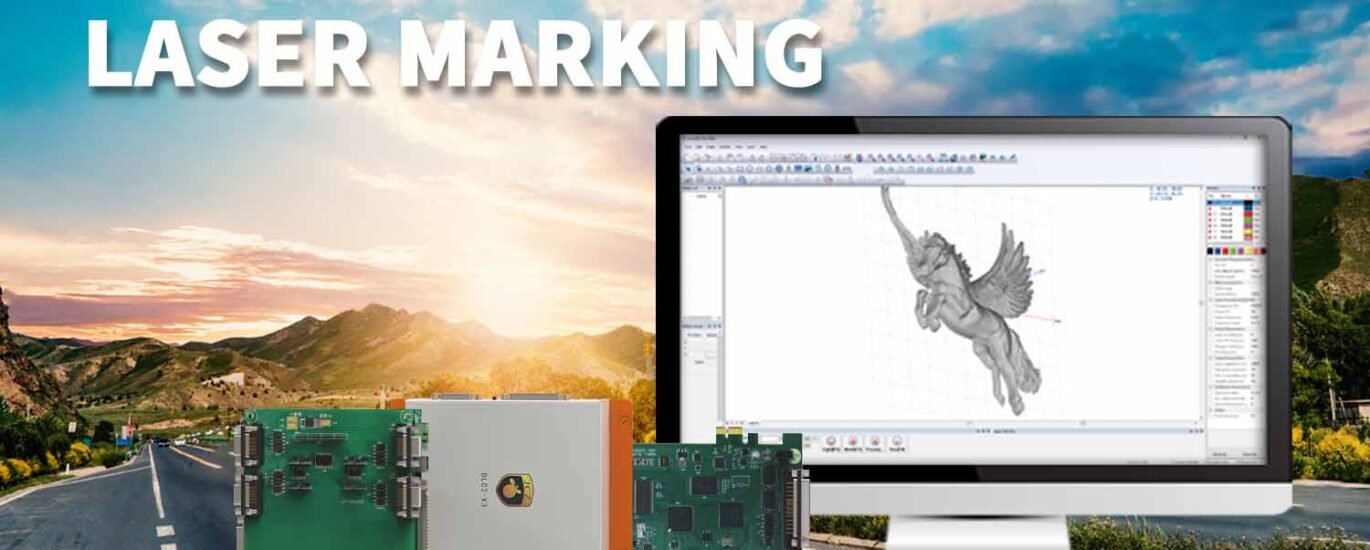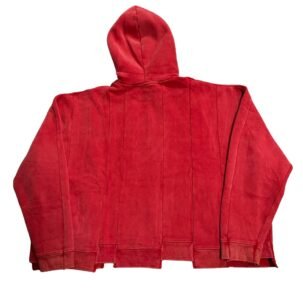In the competitive world of laser marking and engraving, hardware reliability, speed, and flexibility are key to success. While lasers and optics often get the spotlight, at the heart of every stable and precise laser system lies a core component: the laser control board.
In 2025, with increasingly complex manufacturing demands, the role of control boards has expanded beyond basic triggering. Today’s laser marking control boards are responsible for orchestrating motion, signal timing, data processing, and even vision integration. They form the digital brain behind every beam.
So what are the best laser control boards in 2025? What features should manufacturers, integrators, and engineers look for? In this article, we explore the most advanced platforms available, including the widely recognized bjjcz board, the reliable LMCV4, and other industrial-grade EZCAD control boards trusted globally.
1. What Is a Laser Control Board?
A laser control board (also referred to as a controller card or laser marking board) is the electronic module responsible for interfacing between the computer (software) and the laser hardware. It receives instructions from the laser marking software, interprets design and motion commands, and sends precise signals to:
-
Galvo scanners (XY or XYZ movement)
-
Laser source (fiber, CO₂, UV, green)
-
Motion axes (rotary, Z-lift, conveyors)
-
IO peripherals (sensors, buttons, alarms)
-
External systems (vision cameras, PLCs)
The quality and capability of the control board directly affect marking speed, resolution, precision, synchronization, and system stability. An advanced board can enable features like dynamic focus adjustment, marking-on-the-fly, camera alignment, and complex multi-layer processing.
2. Why 2025 Demands a New Level of Laser Control
As we move into 2025, laser marking is no longer a niche process. It’s a key element in traceability, compliance, personalization, and smart factory integration. Key trends pushing the boundaries of laser marking control boards include:
-
UDI and QR code compliance for medical and aerospace
-
Inline production automation with conveyor and robotic arms
-
High-speed serialization for electronics and battery components
-
3D part marking on uneven or curved surfaces
-
Real-time camera correction and positioning
-
Cloud and MES integration for traceability and analytics
Meeting these demands requires controller boards that are not only fast and accurate, but also open, flexible, and scalable.
3. BJJZC Board: Industry-Proven Performance
The bjjcz board, developed and maintained by JCZ (Beijing JCZ Technology Co., Ltd.), has become a trusted name in the global laser industry. Known for its compatibility, durability, and ease of integration, the bjjcz series supports a wide range of laser types including:
-
Fiber lasers (IPG, Raycus, Max, JPT, etc.)
-
CO₂ lasers (glass tube, metal tube)
-
UV lasers (355nm)
-
Green lasers (532nm)
Its strong hardware-software linkage with EZCAD software makes the bjjcz board a top choice for system integrators looking for plug-and-play functionality.
Key features include:
-
High-speed galvanometer control
-
Real-time marking preview and simulation
-
Stable IO for automation peripherals
-
Rotary axis control and Z-axis lift
-
Compact PCIe or USB formats
The bjjcz board is ideal for medium to high-speed laser marking systems in applications such as tools, tags, medical components, and plastic packaging.
4. LMCV4: Compact Powerhouse with USB Simplicity
The LMCV4 is one of the most widely used USB-based laser marking control boards in the JCZ lineup. It combines simplicity and flexibility in a small footprint, making it an excellent option for:
-
Desktop laser engravers
-
OEM modules
-
R&D or prototyping labs
-
Educational or training systems
Despite its compact size, the LMCV4 board supports:
-
High-resolution galvo control (16-bit DAC or higher)
-
Digital and analog laser modulation
-
USB interface for easy setup
-
Support for EZCAD2 software
-
IO extension ports for start/stop, safety interlocks, sensors
Its cost-effectiveness and global technical support make the LMCV4 a leading choice for entry-to-mid-level fiber and CO₂ laser applications.
5. EZCAD Control Board: Seamless Software-Hardware Synergy
Whether you’re using EZCAD2, EZCAD3, or future iterations, a native EZCAD control board provides the most seamless user experience. These boards are specifically designed to work hand-in-hand with JCZ’s proprietary software, enabling features like:
-
Real-time laser parameter editing
-
3D marking support via DLC boards
-
AI camera alignment and correction
-
Scripted automation (marking + motion + vision)
-
Networked marking and cloud data transfer
The newer PCIE-based EZCAD control boards such as the DLC2-V4 offer high-bandwidth communication (gigabit Ethernet), dual-head control, and multi-axis expansion—perfect for factory-level automation.
6. How to Choose the Best Laser Control Board in 2025
With so many options available, selecting the best laser control board depends on your application, laser type, and production environment. Consider the following criteria:
| Feature | Why It Matters |
|---|---|
| Laser Type Compatibility | Ensure the board supports fiber, CO₂, UV, or green lasers. |
| Motion Control | For rotary marking, Z-axis lift, or flying marking systems. |
| Software Integration | Native EZCAD support saves development time. |
| Interface Type | USB for portability, PCIe for high-speed production. |
| Camera/PLC Support | Critical for automation and traceability. |
| Expandability | Future-proofing with modular IO, dual heads, 3D support. |
7. Industry Use Cases for Modern Control Boards
Automotive & Aerospace: Marking VINs, QR codes, component IDs
Medical Devices: Sterile, UDI-compliant marking with traceability
Electronics: PCB coding, IC engraving, battery serial numbers
Jewelry: Deep engraving and fine detailing on small parts
Packaging: Batch coding, logo marking on fly, expiry labels
Tooling: Laser etching of tools, molds, and gauges
From portable marking systems to fully automated laser lines, the role of the control board is foundational.
8. Future Trends: What’s Ahead for Laser Controllers?
As we look beyond 2025, laser control boards will likely become:
-
AI-enhanced for vision alignment and mark quality analysis
-
More integrated, combining motion, vision, and feedback in one PCB
-
Smarter, with cloud-syncing and predictive diagnostics
-
More open, supporting API control and custom integrations
-
Compact & modular, reducing wiring complexity and assembly time
The boundary between software and hardware is blurring—intelligent control boards will be the orchestrators of entire laser marking ecosystems.
Conclusion
Choosing the right laser control board is not just a technical decision—it’s a strategic one. In 2025, as marking applications grow more complex and demand higher integration, controllers like the bjjcz board, LMCV4, and EZCAD control board stand out as industry benchmarks.
Their balance of performance, compatibility, software integration, and automation readiness makes them the best laser marking control boards on the market.
Whether you’re building a new marking system or upgrading an existing one, investing in the right controller ensures that your machine not only works—but excels.




